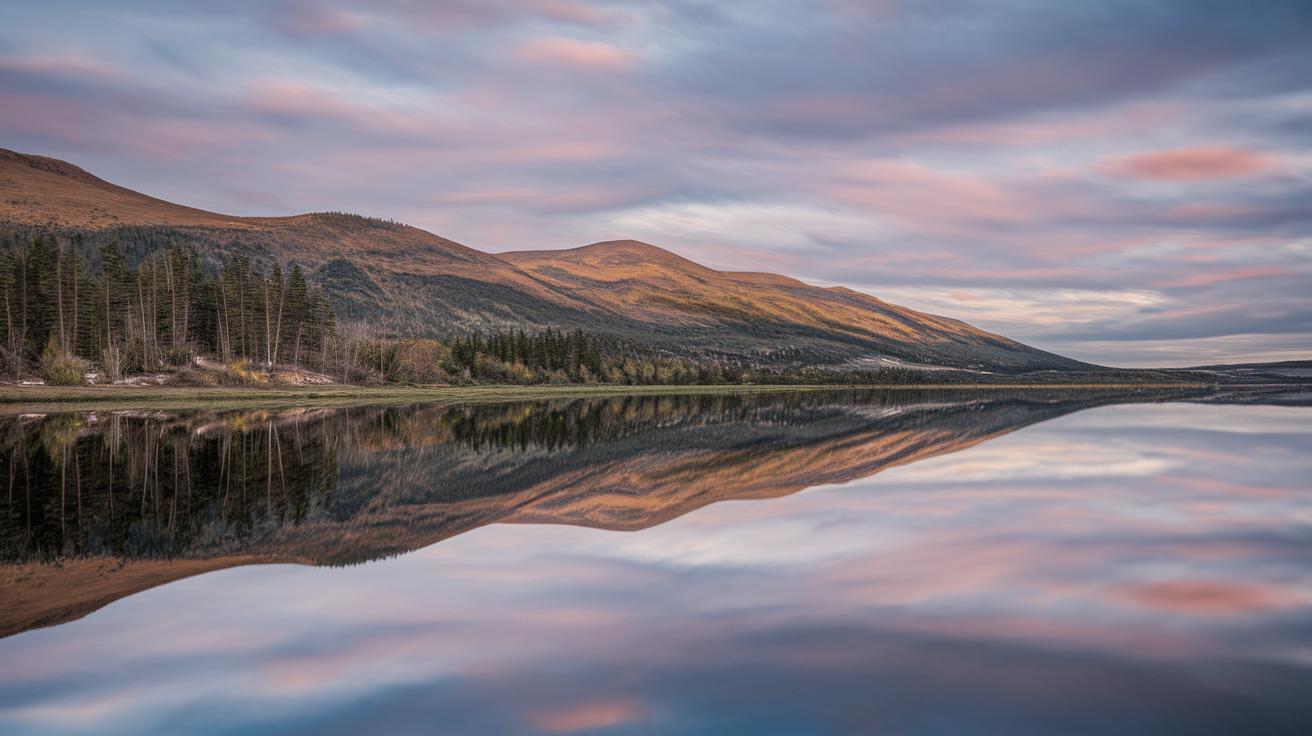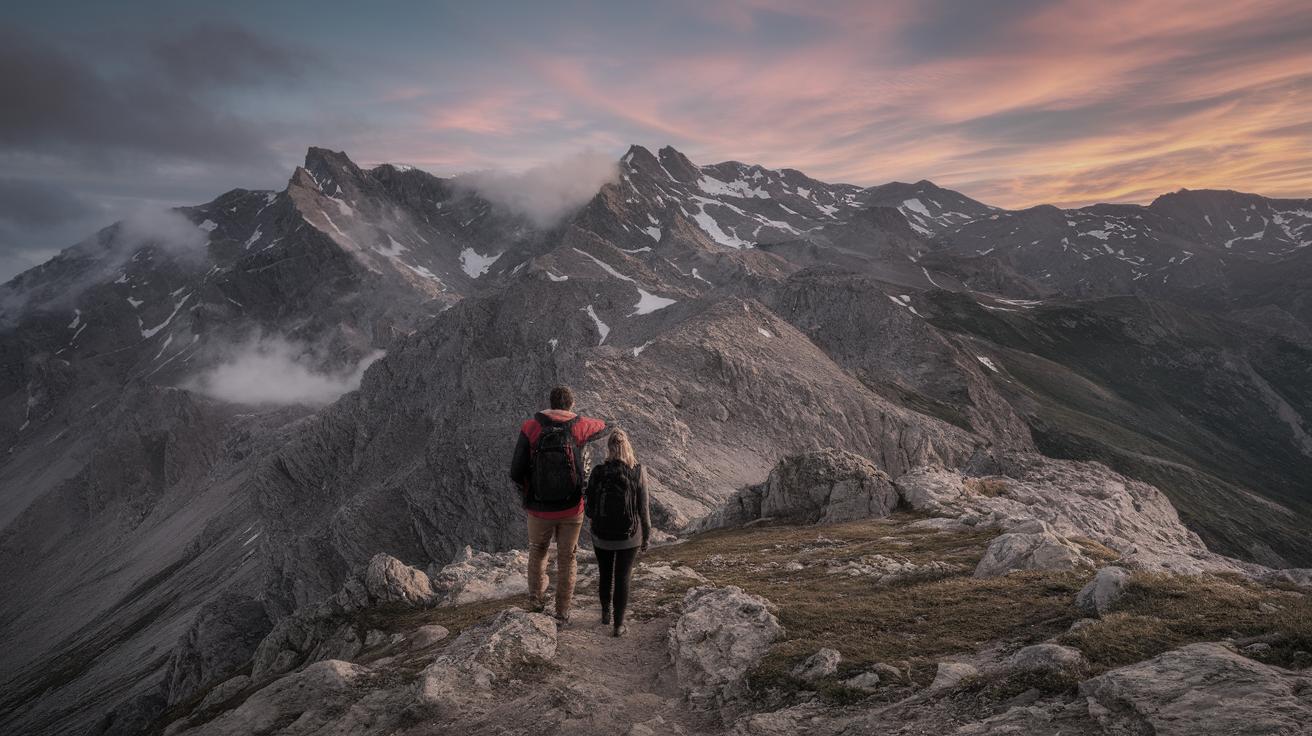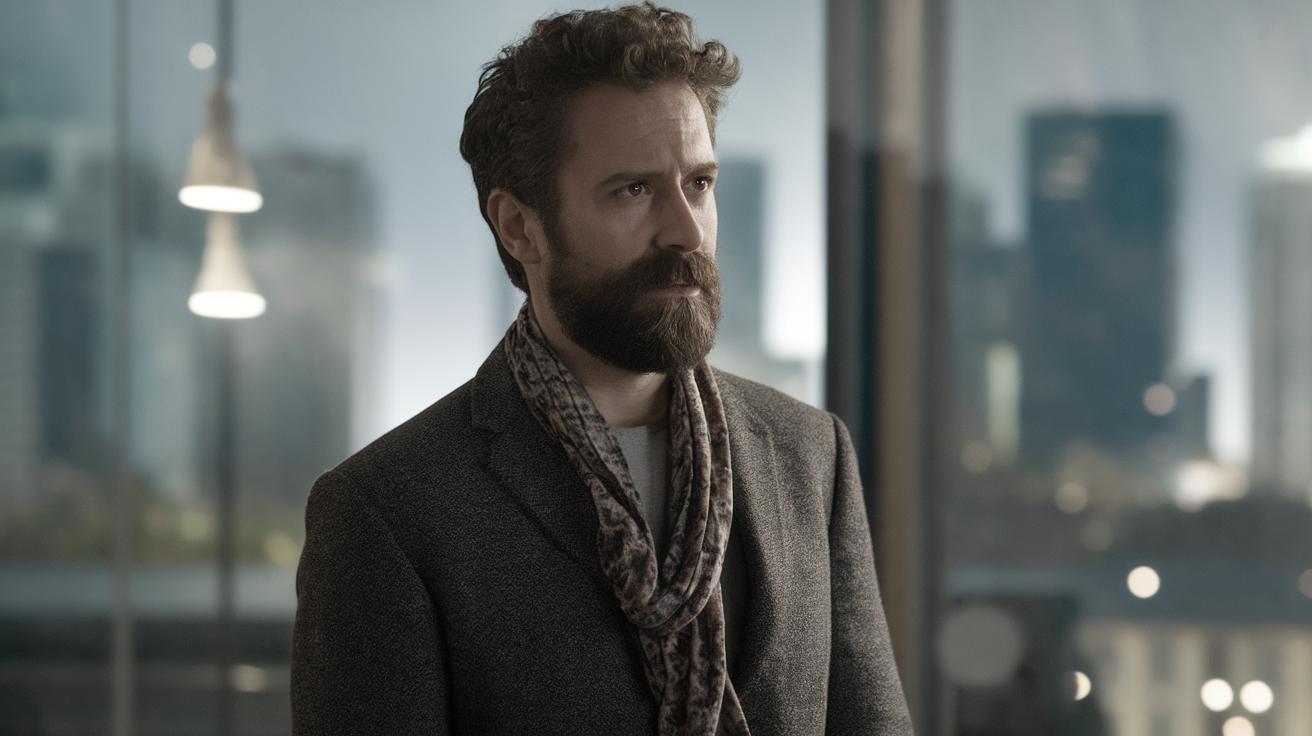How to Photograph Reflections and Water Surfaces
Photography is an art that plays beautifully with light and angles, often revealing extraordinary perspectives within the ordinary. Reflections and water surfaces offer dynamic and visually captivating subjects for photographers. Capturing their essence requires a keen understanding of lighting, positioning, and timing. Whether you are aiming to eliminate pesky reflections or enhance the reflective beauty of water, mastering these techniques will enable your images to resonate with life and creativity. In this guide, we’ll explore several scenarios where reflections are involved, providing you with tips and strategies to shoot great photographs under various conditions, from small rain puddles to expansive lakes, clear windows to shiny metals, and even the reflective properties of smartphones and tablets.
Remove Reflections
Reflections sometimes detract from the main subject of a photograph. To remove unwanted reflections, using a polarizing filter is an effective and commonly recommended approach. It helps manage light waves, significantly reducing or eliminating glare and reflections from water surfaces or glass windows. The filter screws onto your camera lens and can be rotated to find the optimal position to minimize undesired reflections and enhance color depth.
An additional technique involves adjusting the angle at which you shoot. Reflections are more pronounced at certain angles, typically at around 30 to 40 degrees to the reflective surface. By changing your position or the angle of the camera, you can often lessen the reflection. Professional photographers often employ this technique in tandem with natural lighting conditions to achieve the best results.
Lakes and Other Large Water Surfaces
Lakes and other large water surfaces offer photographers a vast canvas to capture stunning reflections of landscapes, skies, and more. The key to mastering these shots is the time of day. The golden and blue hours, shortly after sunrise and before sunset, provide the perfect lighting for creating vivid reflections without harsh glare, enhancing the tranquility of the photograph.
Composition is crucial when photographing large water bodies. Consider the rule of thirds to balance land, water, and sky within your frame. Incorporating leading lines, such as a bridge or shoreline, can draw the viewer’s eye into the photograph. A tripod is essential for stability, especially when capturing long exposures to create smooth, mirror-like water surfaces.
Rain Puddles
Rain puddles transform mundane cityscapes into whimsical, reflective vistas. These small bodies of water, often overlooked, can add depth and intrigue to your images. To capture the best reflections, get low to the ground with your camera close to the puddle, allowing you to maximize the composition reflecting in the water.
Consider the background and what it adds to or detracts from the scene. Urban environments provide contrasting elements like buildings and neon lights that look stunning when mirrored in a puddle. Be mindful of texture; ripples can add dynamism, while stillness yields a more polished reflection.
Mirrors
Mirrors present unique opportunities and challenges in photography, making them ideal for creative expression. When using mirrors, you can play with symmetry, creating perfect duplications or intriguing visual distortions. Be conscious of unintended reflections, like the photographer or camera, by setting them slightly off the mirror’s main axis.
Experiment with different angles and distances to manipulate the reflection for artistic effect. Mirrors also work well in self-portraits or themed shoots, where they can add surreal or conceptual dimensions to an image.
Windows
Photographing reflections in windows can reveal layered stories, capturing both what is outside and inside in a single frame. To enhance such shots, observe how light interacts with the glass. The best outcomes happen when there is a stark contrast between interior and exterior light; for instance, shooting from a dark room towards a brightly lit outside.
If you wish to photograph through a window, gently pressing the camera lens against the glass can reduce unwanted reflections, allowing a clearer view. Additionally, a polarizing filter can aid in minimizing glare and reflection, facilitating a more vivid image.
Glass
Glass is a versatile surface that can reflect light and color in unexpected ways. Whether it’s a glass bottleneck catching the light or a structured building facade, pay attention to light sources when photographing glass to prevent overwhelming flares. Reflections on glass can be both an asset and a distraction, depending on your intent.
Contrasting reflections, such as natural scenes juxtaposed with urban backdrops, provide substantial visual interest. To mitigate issues with clarity or focus, utilize manual focus settings on your camera; this ensures crispness in your subject while maintaining the desired reflective effect.
Metal and Plastics
Reflective metal and plastic surfaces challenge photographers by creating what often feels like mirror chaos. Yet, they offer opportunities to craft images with abstract patterns and textures. Such surfaces are highly sensitive to light source placement, so experiment by moving around them to catch reflections in compelling ways.
To manage reflections, polarizing filters or diffused light can reduce unwanted glare. Focus on details such as curved surfaces to isolate and capture reflection elements that might get lost in broader compositions.
A Smartphone or iPad
Smartphones and tablets, with their glossy screens, are unexpectedly useful tools for crafting reflection-based photographs. They can serve as portable mirrors, offering flexibility in positioning and subject isolation. By placing your device strategically within the composition, you can create intriguing reflections combined with a perfectly blurred background.
Be mindful of fingerprints and smudges when using electronic screens as reflective surfaces – they can spoil the clarity of the photograph. For best results, clean the screen before the shot and place the device at an angle to minimize direct reflections of the sky or bright light sources.
Summary of Main Points
| Section | Key Points |
|---|---|
| Remove Reflections | Use a polarizing filter; adjust camera angles to reduce glare. |
| Lakes and Large Water Surfaces | Shoot during golden/blue hours; use rule of thirds. |
| Rain Puddles | Get close to maximize reflection; consider creative backgrounds. |
| Mirrors | Experiment with angles for unique compositions; avoid unwanted self-reflections. |
| Windows | Contrast lighting for layered reflections; use polarizing filters to reduce glare. |
| Glass | Play with light and background contrasts; use manual focus settings. |
| Metal and Plastics | Explore light placements; use filters for reflection control. |
| Smartphone or iPad | Utilize screens as portable reflective surfaces; keep surfaces clean. |


